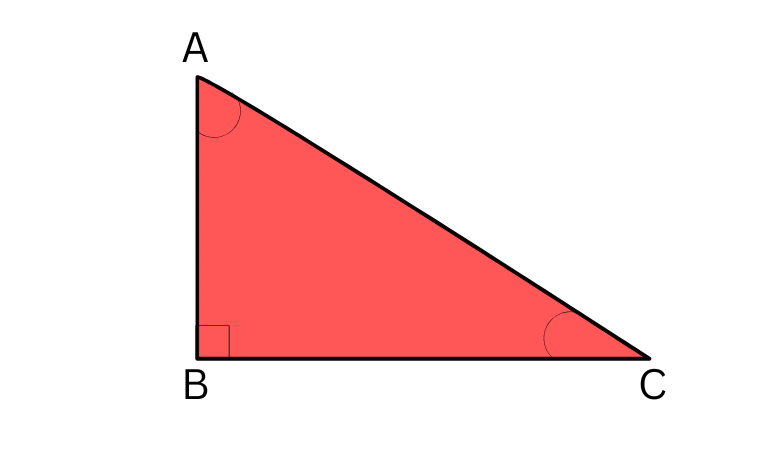How Many Vertices Does A Triangle Have
Introduction
In the historical era, Egyptians made pyramids that had 6 vertices. When we see the pyramid only from the front side and draw it on a piece of paper. We notice that now it has only 3 visible vertices. There is a name given to this: Triangle. Triangle is a 2D geometric shape with 3 vertices, but many types!
In this article first, we will discuss triangles and their number of vertices. Secondly, we will look at some FAQs to better understand Triangles.
About triangles and their number of vertices
We know that a triangle has 3 vertices, but what are vertices?
Vertices are the points where two or more lines or curves meet, to form an angle between them. In simple language, it is called the corner of a shape.
How to draw a Triangle:
Draw a line AB
Draw another line from point B, such that its extended point is called C
Now, connect the lines A and C
We can see that a triangle is formed with vertices A, B, and C

Now, let us learn some facts about Triangles:
Triangles have 3 sides, 3 angles, and 3 vertices
When we add all the angles of the triangle, its sun will be 180 degrees.
Triangle comes from a latin word triangulus.
Frequently Asked Questions (FAQs)
Triangular prisms have 6 vertices.
There are a total of 6 types of triangles.
Right angle triangle
Equilateral triangle
Obtuse triangle
Acute triangle
Isosceles triangle
Scalene triangle
By knowing the coordinates of the vertices of a triangle, we can figure out its area.
Geometric shapes with 4 vertices are called quadrilateral. For example square, rectangular, Rhombus, parallelogram, and kite.
Yes, a digon is a geometric shape with two vertices and 2 sides.
Applications for Admissions are open.
As per latest syllabus. Physics formulas, equations, & laws of class 11 & 12th chapters
JEE Main Important Chemistry formulas
Get nowAs per latest syllabus. Chemistry formulas, equations, & laws of class 11 & 12th chapters
JEE Main high scoring chapters and topics
Get nowAs per latest 2024 syllabus. Study 40% syllabus and score upto 100% marks in JEE
JEE Main Important Mathematics Formulas
Get nowAs per latest syllabus. Maths formulas, equations, & theorems of class 11 & 12th chapters